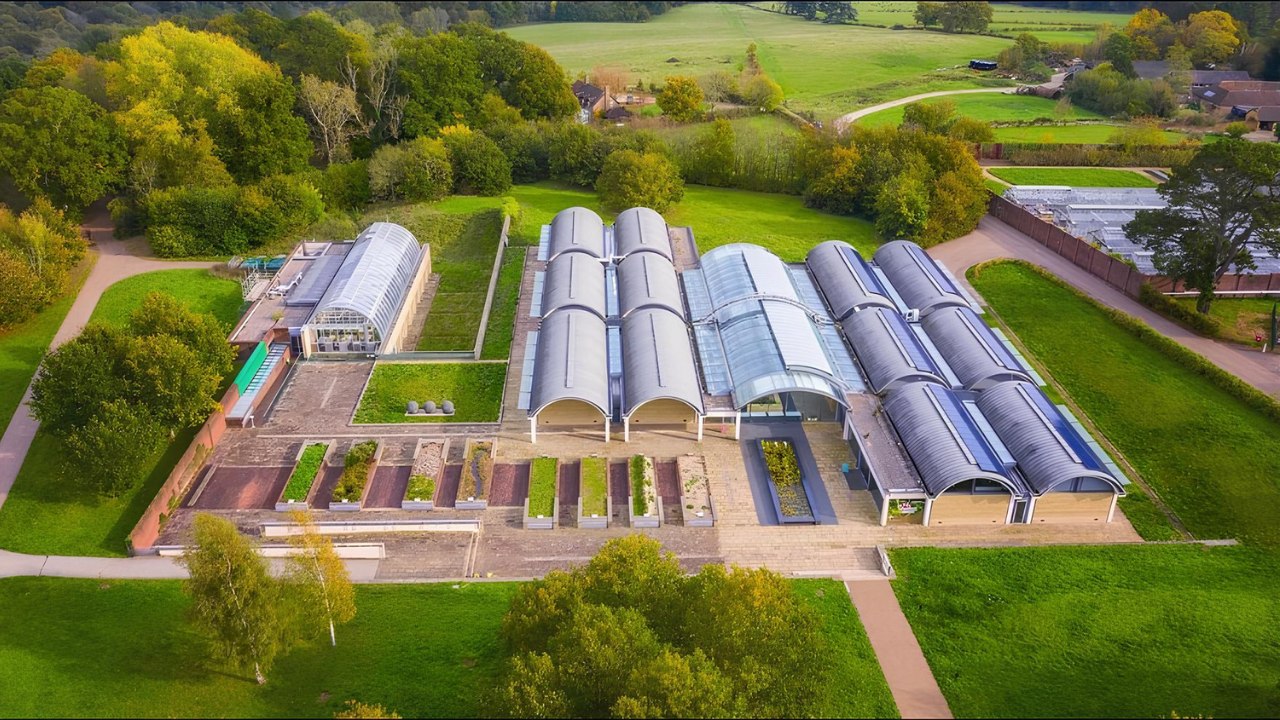Secret Seed Vaults Of Kew Gardens Hidden Archives

Ever wondered where the world's rarest seeds are kept safe? Kew Gardens' hidden archives hold the answer. This secretive spot in London houses a vast collection of seeds from around the globe. These seeds are stored to protect plant species from extinction. Imagine walking through a place where each tiny seed has a story and a purpose. From tropical rainforests to arid deserts, the seeds come from every corner of the earth. Curious about how this incredible collection is maintained? Let's take a peek into the fascinating world of seed preservation at Kew Gardens.
The Hidden Archives of Kew Gardens
Kew Gardens, a botanical paradise in London, holds more than just beautiful plants. Beneath its lush exterior lies a world of secret seed vaults. These hidden archives preserve plant species from around the globe. Let's uncover some of these fascinating places.
The Millennium Seed Bank
The Millennium Seed Bank is one of the most significant seed vaults at Kew Gardens. It aims to protect plant diversity by storing seeds from various species.
- Seed Vault: This underground facility can store seeds for hundreds of years. It ensures that future generations can benefit from today's plant diversity.
- Drying Room: Seeds are dried to low moisture levels to increase their longevity. This step is crucial for long-term preservation.
- Cold Storage: Seeds are kept at -20°C to maintain their viability. This cold environment slows down their aging process.
Herbarium
The Herbarium at Kew Gardens is another hidden gem. It houses millions of plant specimens, providing valuable information for research and conservation.
- Specimen Cabinets: These cabinets store dried plant specimens collected over centuries. Each specimen is carefully labeled and preserved.
- Research Labs: Scientists study these specimens to understand plant evolution and relationships. Their findings help in conservation efforts.
- Digitization Room: Specimens are digitized to create an online database. This makes the information accessible to researchers worldwide.
The Fungarium
The Fungarium is dedicated to fungi, an often-overlooked group of organisms. It contains a vast collection of fungal specimens.
- Fungal Specimens: These specimens are preserved in various ways, including drying and freezing. They provide insights into fungal diversity and ecology.
- Mycological Library: This library contains books and journals on fungi. It is a valuable resource for mycologists and researchers.
- DNA Lab: Scientists extract DNA from fungal specimens to study their genetics. This helps in identifying new species and understanding their roles in ecosystems.
The Economic Botany Collection
This collection focuses on plants used by humans. It includes artifacts and specimens that highlight the relationship between plants and people.
- Ethnobotanical Artifacts: These artifacts show how different cultures use plants. They include tools, clothing, and medicines made from plants.
- Plant Specimens: Specimens of economically important plants are preserved here. They provide information on the uses and benefits of these plants.
- Exhibition Room: This room displays items from the collection. It educates visitors about the importance of plants in human life.
The Seed Information Database
This database is a treasure trove of information on seeds. It supports conservation efforts by providing data on seed biology and ecology.
- Data Entry Room: Staff enter data on seeds collected from around the world. This information is crucial for seed conservation.
- Seed Testing Lab: Seeds are tested for viability and germination rates. This ensures that only healthy seeds are stored in the vaults.
- Online Access: The database is accessible online, allowing researchers to access seed information from anywhere. This promotes global collaboration in plant conservation.
Hidden Treasures of Kew Gardens
Kew Gardens' secret seed vaults hold a world of wonder. These hidden archives preserve plant species from around the globe, ensuring biodiversity for future generations. Visiting Kew Gardens offers a chance to see these efforts firsthand. The vaults are more than just storage; they represent hope and resilience. Each seed tells a story of survival and adaptation. Exploring the gardens, you'll find rare plants and learn about the vital work being done to protect them. Kew Gardens is not just a beautiful place to visit; it's a living library of the world's flora. Whether you're a plant enthusiast or just curious, the hidden seed vaults offer a unique glimpse into the importance of conservation. Next time you're in London, make sure to explore this green sanctuary. You'll leave with a deeper appreciation for the natural world.

